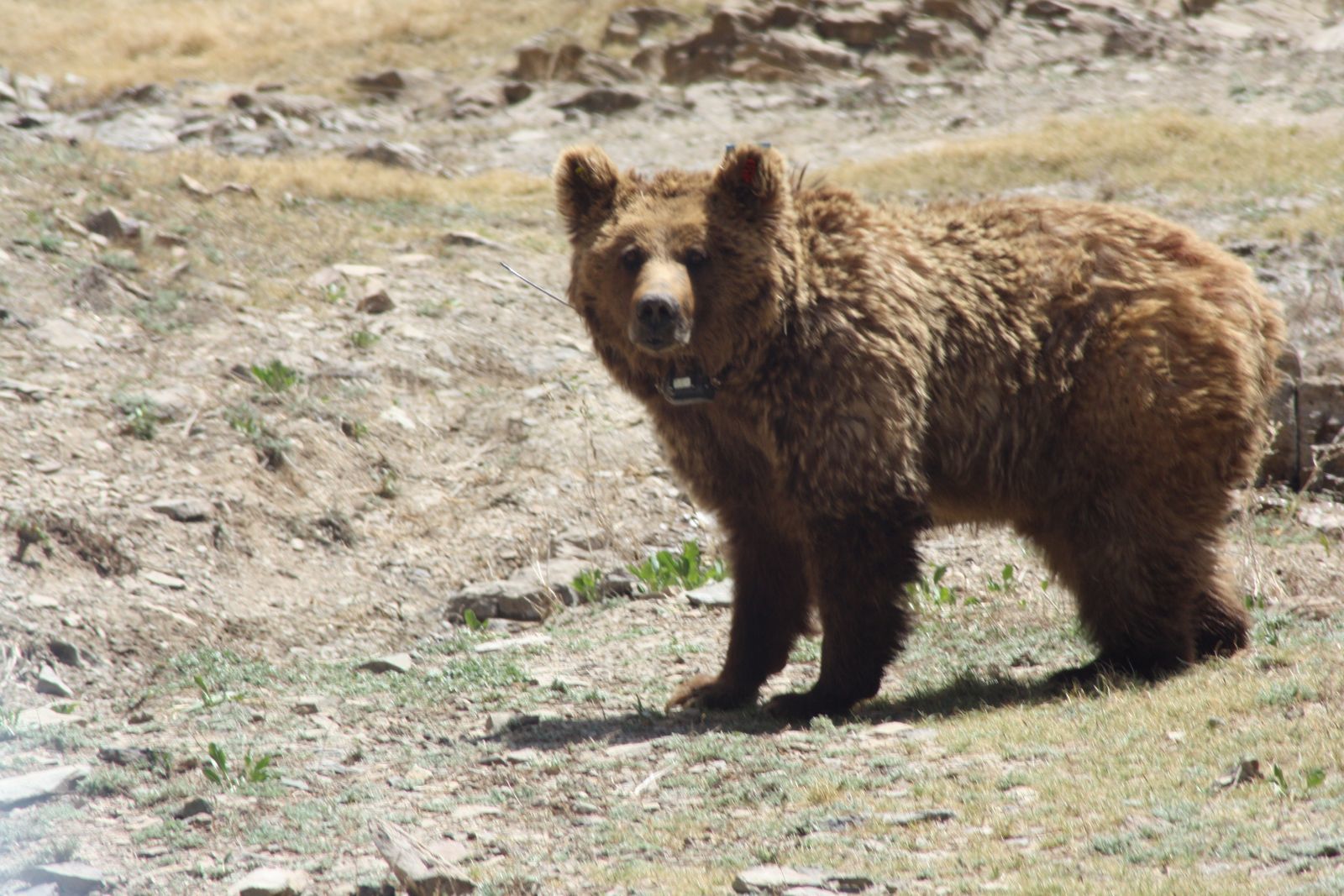8:38 PM Mongolia’s Wildlife: A Battle for Survival Amidst Environmental Change | |

Mongolia, with its vast steppes, rugged mountains, and arid deserts, is home to some of the world’s most unique and endangered wildlife. However, these species are facing unprecedented challenges due to climate change, habitat loss, and human activity. In recent years, efforts to protect Mongolia's wildlife have grown, bringing hope for the survival of its most iconic species. Mongolia’s wildlife is as diverse and rugged as its vast landscapes, but many of its iconic species are under threat. However, through concerted conservation efforts, Mongolia is making strides to protect its unique fauna. From the snow leopard in the Altai Mountains to the endangered saiga antelope on the steppe, the nation’s wildlife continues to captivate the world, offering hope for future generations of Mongolian animals—and the people who depend on them. 1. The Return of the Snow Leopard: Conservation Success in the Altai MountainsThe snow leopard, one of Mongolia's most iconic and elusive creatures, is slowly making a comeback in the Altai Mountains. Once facing the brink of extinction due to poaching and habitat loss, the snow leopard population has seen a significant increase, thanks to focused conservation efforts. In 2023, a collaborative effort between the Mongolian government, wildlife NGOs, and local herders led to the creation of new protected areas in the Great Altai Mountain Range. These areas, rich in prey species like ibex and argali sheep, provide critical space for snow leopards to roam and breed. Highlight: Camera traps set up by conservationists have captured rare footage of snow leopards hunting and raising cubs in the wild, offering hope that this magnificent species is finding a sustainable foothold in Mongolia once again. 2. The Mysterious Gobi Bear: One of the Rarest Species on EarthThe Gobi bear, one of the rarest and most endangered bears in the world, is native to Mongolia’s Gobi Desert. With an estimated population of fewer than 40 individuals, the Gobi bear has long been the focus of conservation efforts. In 2024, a landmark study revealed that the Gobi bear population is stabilizing, thanks to efforts focused on protecting their habitat and ensuring adequate food sources. The bear, a subspecies of the brown bear, has adapted to the harsh desert environment, but climate change poses an ongoing threat to its survival. Conservation Action: A new collaboration between Mongolian wildlife officials and international conservationists is exploring ways to improve water sources and reduce human-wildlife conflict in the Gobi Desert, offering a lifeline to this rare species. 3. Preserving the Przewalski’s Horse: A Monumental Rewilding EffortThe Przewalski’s horse, known as the Takhi in Mongolia, is a symbol of the country's commitment to rewilding and conservation. Once extinct in the wild, these wild horses have been successfully reintroduced to Mongolia's Hustai National Park, where they now roam freely, much like their ancestors did centuries ago. In 2024, Mongolia announced that the Przewalski's horse population has grown to over 800 individuals, thanks to conservation breeding programs and ongoing protection measures. These horses, which have never been domesticated, are now part of a broader effort to restore Mongolia’s wild landscapes. Significance: The success of the Przewalski’s horse reintroduction has made Mongolia a model for wildlife rewilding programs around the world, showing how targeted conservation can bring species back from the brink of extinction. 4. The Decline of Mongolia’s Saiga Antelope: A Call for Urgent ActionOnce abundant across the Mongolian steppe, the saiga antelope has faced drastic declines in its population due to illegal hunting and habitat loss. In 2023, a new report from the International Union for Conservation of Nature (IUCN) revealed that the Mongolian saiga population has dropped by more than 70% in the last decade. Efforts to protect the saiga have been ramping up, including stronger anti-poaching laws, habitat restoration projects, and community outreach to educate local herders on the importance of protecting this species. Future Steps: New protected areas are being proposed in the Great Gobi region, where saiga herds are known to roam, and transboundary conservation efforts with neighboring Kazakhstan and Russia are being explored to ensure the long-term survival of this iconic species. 5. Mongolia’s Rich Birdlife: A New Birdwatching FrontierMongolia is emerging as a premier birdwatching destination, thanks to its rich biodiversity and the presence of numerous migratory species. The Steppe Eagle, Golden Eagle, and Saker Falcon are just a few of the raptors that grace Mongolia’s skies. However, some of the region’s most impressive bird species are facing threats from habitat degradation. In response, local organizations have been working with international bird conservation groups to monitor bird populations, protect nesting sites, and reduce threats like poaching and illegal trapping. Rising Interest: The growing popularity of birdwatching tourism is helping fund conservation initiatives and raise awareness of the importance of preserving Mongolia’s birdlife. 6. The Amur Leopard’s Expansion into MongoliaThe Amur leopard, once confined to the forests of the Russian Far East, has begun expanding its range into northern Mongolia. This elusive predator, critically endangered, now roams areas near the Russian-Mongolian border. With fewer than 100 individuals left in the wild, every new sighting of an Amur leopard is seen as a hopeful sign for the species. Conservation Action: International cooperation between Mongolia and Russia has led to the establishment of a cross-border wildlife corridor, allowing for safer movement of the Amur leopard and other endangered species across the two countries. 7. Mongolia’s Biodiversity Hotspots: New Protected Areas EstablishedIn 2024, the Mongolian government announced the creation of five new protected areas, including a vast swath of the Gobi Desert and the Khangai Mountains, aimed at conserving critical habitats for the country’s most threatened species. These areas are expected to play a key role in safeguarding Mongolia’s rich biodiversity, from rare plants to endangered mammals. Global Significance: These new protected areas contribute to the global network of biodiversity hotspots, highlighting Mongolia's role in preserving ecosystems vital for the planet’s health. | |
|
| |
| Total comments: 0 | |